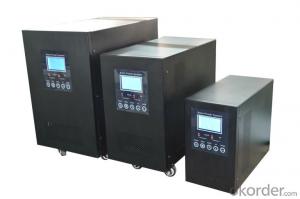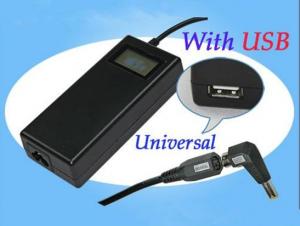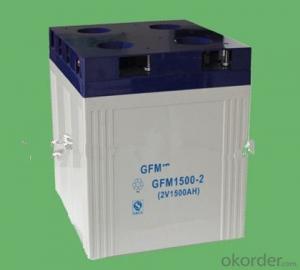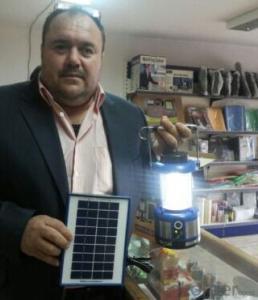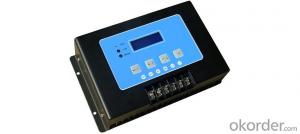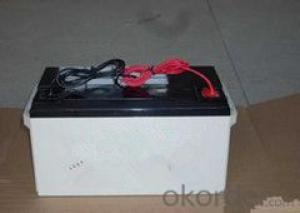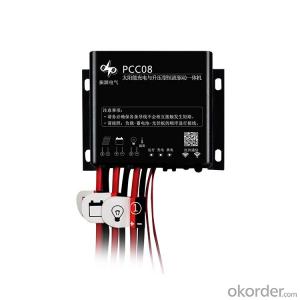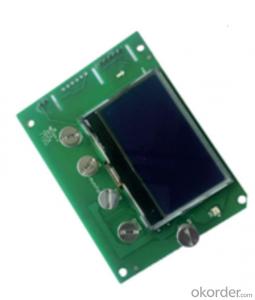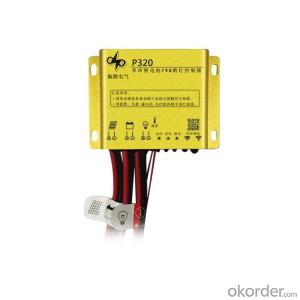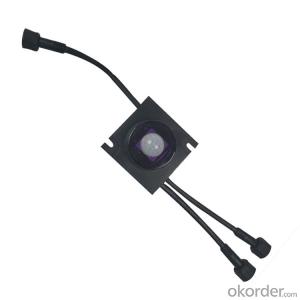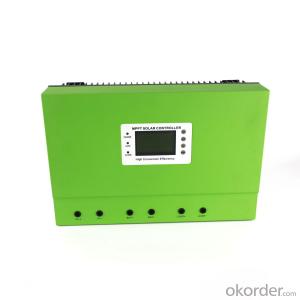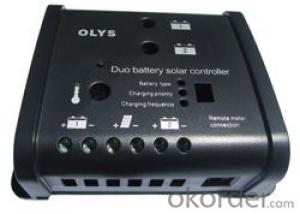Inverter Battery Solar Charger
Inverter Battery Solar Charger Related Searches
Ac Inverter For Solar Panels Solar Panel With Ac Inverter Gas Furnace With Ac Panda Hot Water Bottle Cover Minion Hot Water Bottle Cover Abb Solar Water Pump Inverter Solar Water Pump Philippines Extra Long Hot Water Bottle Solar Panel Dc To Ac Inverter Old Fashioned Hot Water BottleHot Searches
Smart Solar Inverter Price Solar Inverter Charger Price Solar Energy Price Home Solar Energy Cost Solar Inverter Green Energy Solar Energy Storage Cost Solar Energy Wholesale Solar Items Wholesale Buy Solar Energy Solar Energy Types Energy Solar Company Solar Energy Suppliers Type Of Inverter For Solar Types Of Inverter For Solar Used Solar Inverter For Sale Inverter Size For Solar System Solar Edge Inverter For Sale 5kw Solar Inverter For Sale Solar Inverter For Sale Solar Inverter For BatteryInverter Battery Solar Charger Supplier & Manufacturer from China
Okorder.com is a professional Inverter Battery Solar Charger supplier & manufacturer, offers integrated one-stop services including real-time quoting and online cargo tracking. We are funded by CNBM Group, a Fortune 500 enterprise and the largest Inverter Battery Solar Charger firm in China.Hot Products
FAQ
- Yes, a solar controller can be used with solar-powered disaster response equipment. A solar controller regulates the flow of electricity from the solar panels to the equipment, ensuring that the batteries are charged efficiently and protecting them from overcharging. This is crucial for disaster response equipment as it allows for uninterrupted power supply, making it reliable and effective in emergency situations.
- Solar controllers, also referred to as charge controllers, play a vital role in solar power systems by ensuring efficient charging and protecting batteries from overcharging or discharging. Equipped with various indicators and display features, these controllers offer crucial information about the system's performance. One commonly found indicator on solar controllers is the battery status indicator. This indicator displays the current charge level of the battery, usually through a series of LED lights or a voltage reading. It allows users to quickly assess the battery's capacity and determine if it needs charging or if it is fully charged. Another important indicator is the solar input indicator, which shows the amount of solar power generated by the photovoltaic (PV) panels. This indicator can be presented in Watts or Amps, providing users with real-time information about the system's energy production. By monitoring this indicator, users can evaluate the system's efficiency and identify any potential issues, such as shading or malfunctioning panels. Some solar controllers also include load or output indicators, which indicate the amount of power drawn from the battery to power connected loads. This indicator is particularly useful in off-grid systems, allowing users to manage their energy consumption and prevent overloading the battery. Moreover, many solar controllers are equipped with a digital or analog display that offers detailed information about the system's performance. This display often includes parameters like battery voltage, charging current, load current, and ambient temperature. These readings provide users with a comprehensive overview of the system's operation and help in making informed decisions regarding energy usage and maintenance. Furthermore, advanced solar controllers may have additional display features such as data logging capabilities or communication interfaces. Data logging allows users to analyze historical data and track trends in energy production and consumption, facilitating system optimization. Communication interfaces, such as USB or RS485 ports, enable the controller to connect to external devices or monitoring systems for remote monitoring and control. To summarize, solar controllers come with indicators and display features such as battery status indicators, solar input indicators, load or output indicators, as well as digital or analog displays showing various system parameters. These features provide users with essential information to effectively monitor and manage their solar power systems.
- Yes, a solar controller can be used with a solar-powered manufacturing plant. A solar controller helps regulate and optimize the charging of batteries in a solar power system. In a solar-powered manufacturing plant, the solar controller can efficiently manage the flow of energy from the solar panels to the batteries, ensuring a stable and reliable power supply for the plant's operations.
- A solar controller handles battery reverse polarity protection by incorporating circuitry that detects and prevents the flow of current in the event of reversed battery connections. This protection mechanism ensures that the controller and the battery are not damaged due to incorrect polarity, safeguarding the system from potential harm.
- Yes, a solar controller can be used with solar panel tracking mounts. A solar controller is designed to regulate and optimize the charging of batteries in a solar power system, irrespective of whether the solar panels are stationary or tracking the sun's movement.
- Yes, a solar controller is designed to handle power spikes from appliances. It regulates and controls the flow of power between the solar panels and the batteries, ensuring that any sudden increases in power demand or spikes are properly managed and distributed without causing damage to the controller or the connected appliances.
- Yes, a solar controller can be used with solar panels of different flexibilities. The solar controller's main function is to regulate the flow of electricity between the solar panels and the battery or load. It does not depend on the flexibility of the panels, but rather on their voltage and current ratings. As long as the panels' electrical characteristics are compatible with the solar controller, they can be used together regardless of their flexibilities.
- Yes, a solar controller can be used with solar-powered outdoor signage. A solar controller helps regulate the charging and discharging of batteries in a solar power system. It ensures that the batteries are charged efficiently using the solar panels and prevents overcharging or undercharging. Therefore, using a solar controller is crucial for maintaining the proper functioning and longevity of solar-powered outdoor signage.










